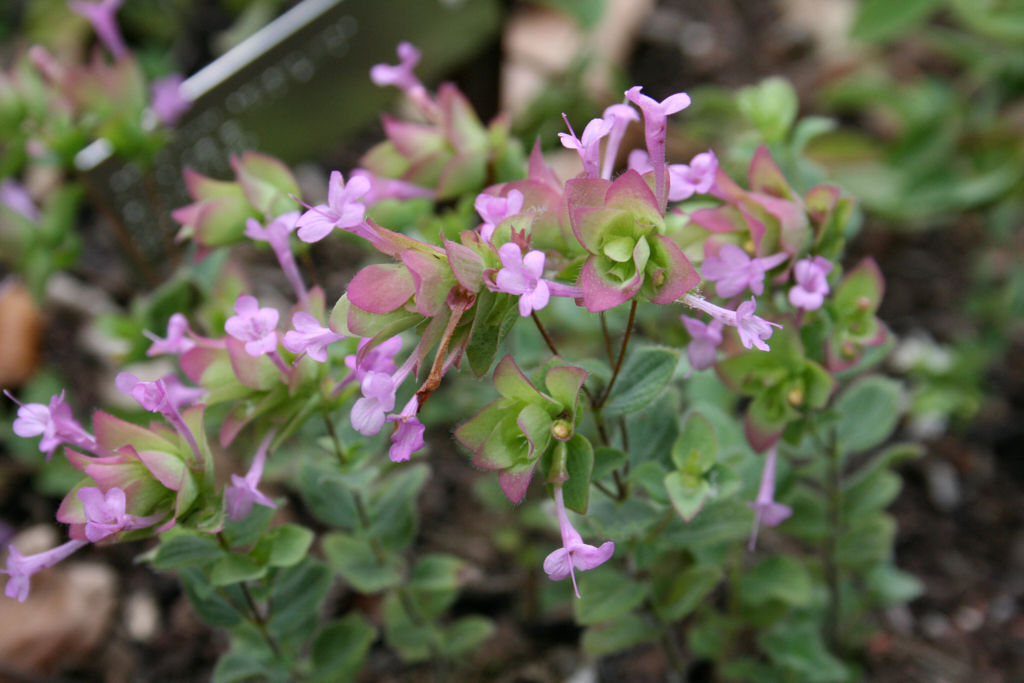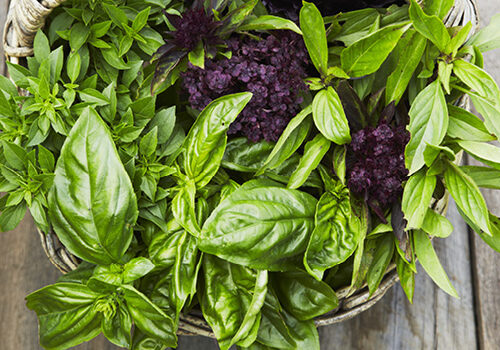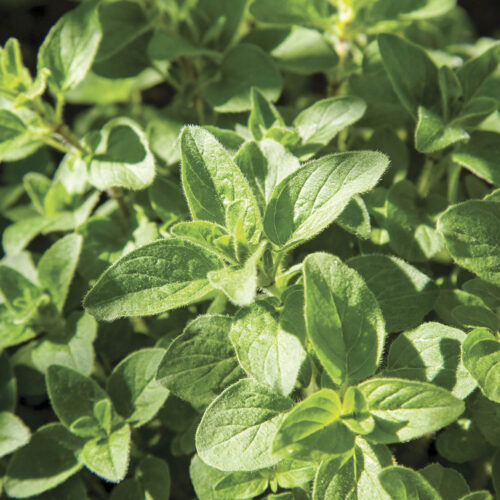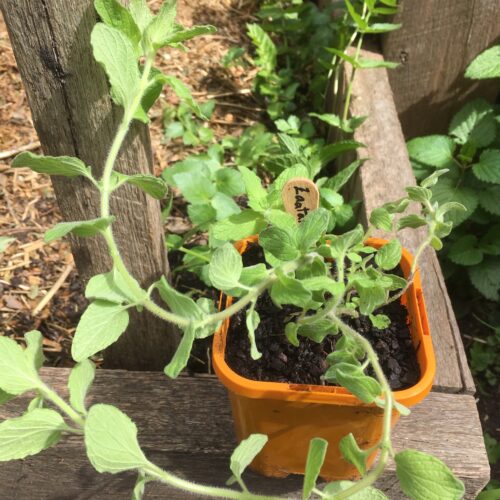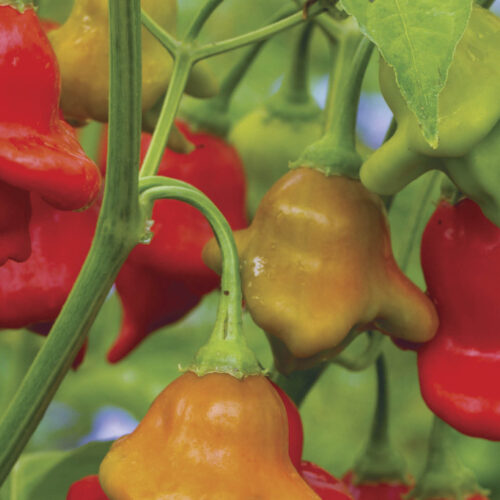Oregano and marjoram
2019-02-26T00:44:48+11:00
Penny Woodward says that oregano comes into its own at this time of year.
Oregano comes into its own at this time of year, especially in this particularly hot, dry summer in my garden. Oregano and marjoram are both in the Origanum genus and while most of us are familiar with Greek oregano and sweet marjoram, what about Cretan oregano, ‘Burnside Beauty’ and ‘Santa Cruz’?
There is increasingly a greater range of interesting Origanum species and cultivars that can be found, purchased and grown in Australia. Oreganoes are not only beautiful but also drought tolerant. They grow really well in pots and planters, the flowers attract beneficial insects and both the flowers and leaves are edible. They are also pest repellent. One of the essential oils found in the leaves is linalool, which is known to repel mites and some other insects. Most are natives of the Mediterranean region, particularly of the dry hillsides and wild islands of Greece and Turkey.
Oregano and marjorams are herbaceous perennials that thrive in sunny, open positions with well-drained, sandy loam soils. Although some can be grown from seed sown in spring, most are more easily grown by taking cuttings in spring or autumn, or by dividing clumps in spring or autumn. Apart from cutting back dead flower heads in autumn, they need little attention. Sweet and knotted marjoram are slightly more temperamental and won’t thrive in cold wet winters. In regions with these conditions they are best grown in a pot.
All these plants come into their own in small gardens, courtyards and balconies, and especially when grown in pots, hanging baskets and planters. I’ve grown oregano in everything from a pair of old boots and a toaster, to the base of a lime tree in a half wine barrel, and underneath the lemon tree in the garden. They are perfect plants to tuck into a corner, fill a space in paving or grow along the edge of the vegie bed to repel pests. I’ve also got oregano growing with my tomatoes this year to reduce the chance of mite attack. Once in flower they are magnets for bees and other beneficial insects; they are also beautiful and have a multitude of culinary uses. Really, what more could you ask for?
Any plant in the oregano genus can be used in cooking, even if they are described as ‘ornamental’. As long as they have a scent that you like they will also add good flavours. The fragrant leaves are used in meat dishes, sauces and stuffings, as well as with cheese and tomato based dishes, especially pizza, lasagna and pasta sauces. Oreganoes are usually more strongly flavoured than the marjorams, which means that marjoram is often added to more neutral foods like omelettes and soft cheeses, where the flavour won’t overwhelm.
Medicinally, oreganoes and marjorams are warming and strongly antiseptic. They are used specifically for gastrointestinal and respiratory disorders. They were once also used as strewing herbs to repel pests. Fascinatingly if oregano is fed to cows, the cows milk production is increased, but their methane production is decreased.
Some Oreganum species and cultivars to hunt out and try are: knotted, sweet and golden marjoram; also wild, golden, Greek and Cretan oregano. There are also cultivars like ‘Hopleys’, ‘Burnside Beauty’, ‘Kent Beauty’, ‘Buckland’ and ‘Santa Cruz’ that are well worth growing.

